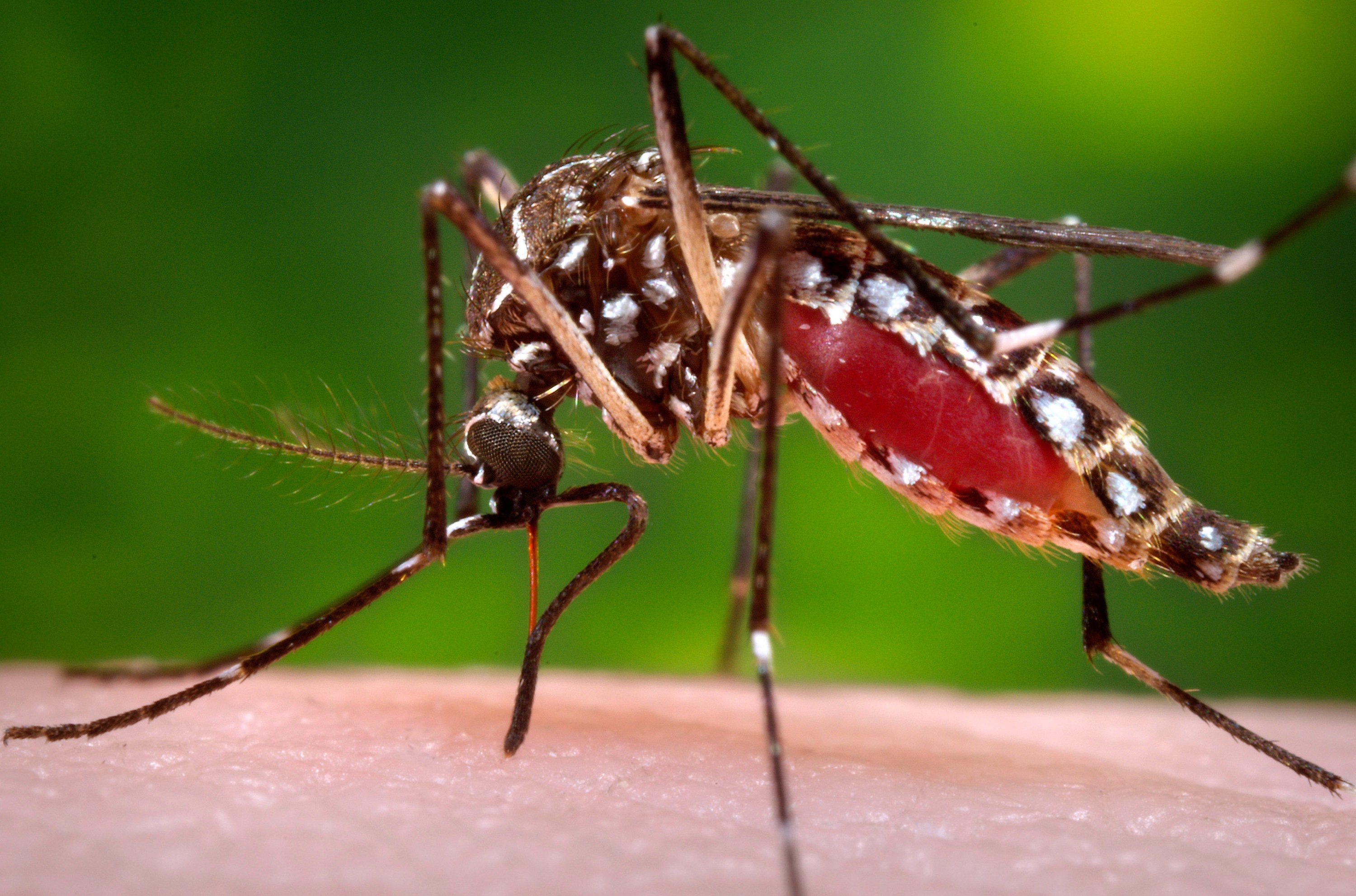‘Ankle Biter’ Mosquito with West Nile Found in Santa Barbara
At Least One of 47 Mosquitoes Trapped by La Cumbre Road and Highway 192 Tests Positive for Virus

Personnel with Santa Barbara’s Vector Management District determined that at least one of the 47 mosquitos they recently trapped by La Cumbre Road and Highway 192 tested positive for West Nile virus.
“It’s not reason for panic, but it’s cause for concern,” said district general manager Brian Cabrera. Cabrera noted the invasive species they tested — Aedes aegypti a k a the “ankle biter” mosquito — is not typically associated with West Nile but is said to be unusually aggressive toward humans. In addition, he noted, it’s an indoor-outdoor mosquito that does not restrict its blood-sucking foraging to dawn and dusk as most species do.
Like all mosquitos, this species requires stagnant pools of water in which to lay its eggs, but it can make do with considerably less water. “With these, a bottle cap filled with water will do,” said Cabrera.
Get the top stories in your inbox by signing up for our daily newsletter, Indy Today.
The Aedes aegypti originated in Africa and made its way to California in 2013. The West Nile virus is not new to California or Santa Barbara. Like many viruses, it originates with birds, but is borne by mosquitoes and first made its presence felt in 2014, when it infected 801 people and claimed 53 lives. Typically, 80 percent of the people infected feel nothing at all; 20 percent will experience flu-like symptoms. And less than one percent will become seriously ill, either with encephalitis or meningitis.
Vector Management has 20 mosquito traps it rotates through. In this instance, 47 mosquitos were rounded up, placed in a jar, their bodies pulverized with glass beads, and then placed in a centrifuge that separates out their body parts, leaving behind a little DNA-rich pellet of remains to be tested. To test individual mosquitos, Cabrera explained, would be technically infeasible and cost prohibitive. Because of this, he can’t say whether all 47 mosquitos were positive or only one was.
In the meantime, he is preaching the “Fight the Bite” gospel of the Five Ds. The first two are Drain and Dump, which relates to any available stagnant water sources; the next two are Dawn and Dusk, the time Cabrera warns the public to stay indoors; and the last is Deet, an EPA-sanctified repellant that Cabrera said is also effective.
Every day, the staff of the Santa Barbara Independent works hard to sort out truth from rumor and keep you informed of what’s happening across the entire Santa Barbara community. Now there’s a way to directly enable these efforts. Support the Independent by making a direct contribution or with a subscription to Indy+.



